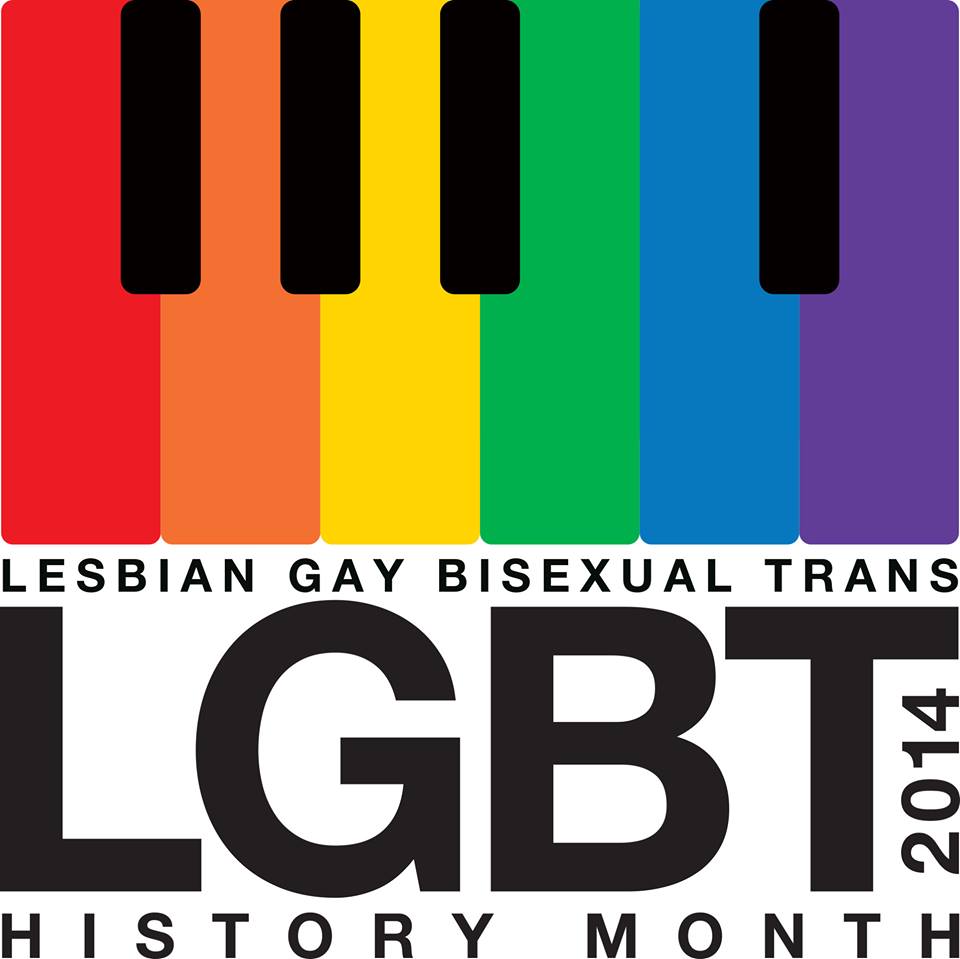February 2014 marks the ninth celebration of Lesbian, Gay, Bisexual and Transgender (LGBT) History Month. The first LGBT History Month was launched by Schools OUT in response to the repeal of Section 28, which had prohibited the positive discussion of homosexuality in Local Government institutions, including schools. Since that first year, exhibitions have been staged, plays performed, history taught and debated, and contemporary LGBT issues raised. The formal and organised space of a month has resulted in more accessible funding for LGBT related events in February that make the whole month a great event by itself.

But what about the rest of the year? Other marginalised groups are represented by their own history months, with Women’s History Month organised around International Women’s Day in March, Local and Community History Month (May), Gypsy, Roma and Traveller History Month (June), UK Black History Month (October), and Disability History Month (November 22 – December 22). They each do important work to raise awareness of a particular type of history and promote the discussion of an oppressed and marginalised group. However, there has been little question as to whether having a single month devoted to discussing such histories is actually regressive and results in tokenistic gestures, as marginalised histories remain largely ignored the rest of the year.
My PhD research is on public history and same-sex love, and so February is a particularly busy month for me. Even though it is wonderful to hear about, attend and even speak at a wide range of events that cover a wealth of topics relating to LGBT history, I find it disingenuous that for so many public history institutions, representing LGBT history is restricted to only one month in the year. While there are a number of archives, museums, galleries and public events that do discuss and include LGBT histories in exhibitions, events and permanent displays throughout the calendar, the majority of them continue to limit their activities to February.
I don’t mean to criticise LGBT History Month, but instead want to highlight that just as much effort needs to go in to discussing LGBT history outside of February as does during the month itself. Integrating LGBT and other marginalised histories into public history events outside of their respective months would ensure that history months truly become a celebration, and not the sole representation of, marginalised histories. The History of Sexuality Seminar at the IHR, for example, would not, and does not, relegate LGBT history to one month; instead it is a significant part of a wide range of ongoing discussions about sex and sexualities. So too should LGBT histories be integrated into wider public and national historical discussions and narratives.
Here’s hoping LGBT History Month 2014 sparks conversations, debates and representations of LGBT histories that last the year round!
 Claire Hayward is a PhD candidate at Kingston University, where she research representations of same-sex sexuality in public history. Her other research interests are in the history and politics of sexual identity, and sexuality and gender in the eighteenth century. Claire blogs at “Exploring Same-sex Sexualities in Public History” and tweets from @HaywardCL
Claire Hayward is a PhD candidate at Kingston University, where she research representations of same-sex sexuality in public history. Her other research interests are in the history and politics of sexual identity, and sexuality and gender in the eighteenth century. Claire blogs at “Exploring Same-sex Sexualities in Public History” and tweets from @HaywardCL

NOTCHES: (re)marks on the history of sexuality is licensed under a Creative Commons Attribution-NonCommercial-NoDerivatives 4.0 International License.
Based on a work at www.notchesblog.com.
For permission to publish any NOTCHES post in whole or in part please contact the editors at NotchesBlog@gmail.com





Reblogged this on Exploring same-sex sexualities in public history.
Pingback: 3 Feb. 2014: LGBT History Month | A Violent World of Difference
Reblogged this on Oscar King.
Pingback: Shouldn’t every month be LGBT History Month?
Hello! Would you mind if I share your blog with my facebook group?
There’s a lot of people that I think would really enjoy your content.
Please let me know. Cheers
Please do! It would be great to hear any comments they have.